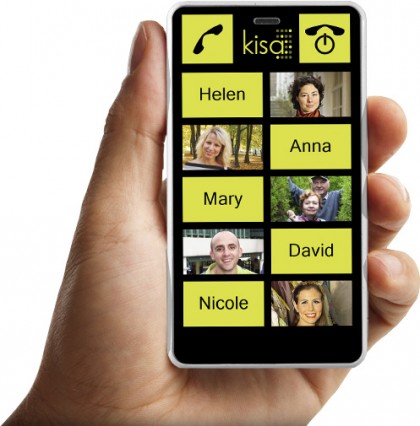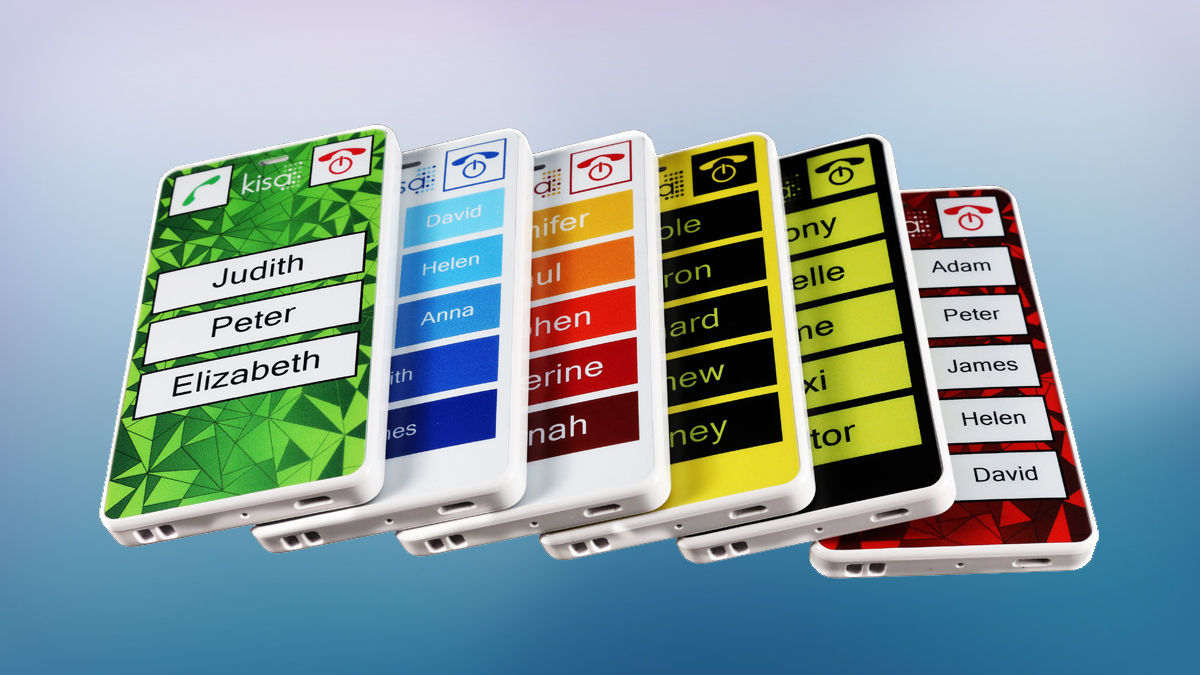TechRadar Verdict
A specialised phone that keeps is simple but still useful, you may know someone for who this handset will be perfect for.
Pros
- +
Simple to use
- +
Light in the hand
- +
Variety of customisation options
Cons
- -
Support isn't 24/7
- -
Isn't waterproof
- -
Sound quality isn't great
Why you can trust TechRadar
Back in July, Aussie start-up Kisa launched a mobile phone alternative for those who find modern smartphones too difficult or complicated to use.
It doesn't have any gadgetry like the new NFC-enabled Apple Pay on the iPhone 6 or a fancy metal body like the HTC One (M8). In fact, it doesn't even have a touchscreen!
According to the company, the Kisa Phone is made for "parents with young children, the visually impaired, those living with reduced physical abilities, or anyone wanting a simple and easy to use mobile phone."
Each handset is customised to the requirements of the user and costs only $84, though you'll need to pay an extra $10 for postage and up to $30 for a Kisa mobile phone plan – but more on that later.
So while the handset might be a great concept for those looking to get something usable for their aging parents, just how easy and simple is this screen-less phone to use?
We take the Kisa Phone for a spin to see its real world value.
Design
Kisa says that it conducted extensive consultations with organisations including Vision Australia and Guide Dogs Victoria to design the handset, with many 3D-printed designs put to the test before a final product was developed.
When you first pick the phone up, it looks a bit like a toy because the rather simple handset features no screen – though you might still be tempted to start swiping your thumb across the surface.
Instead, the phone only has about 12 buttons on the front side, with a few more on the back.
On the front, you can have up to 10 phone numbers stored with either names, photos or even braille, and with a choice of colours and languages.

Near the top of the phone, on either side of the speaker, sits the dial/answer button and the end call button, which also doubles at an on/off button if you hold it for a few seconds.
Each button is slight raised against the smooth surface (with braille, if preferred), which can be pushed down easily using thumb or finger.
On the back of the phone, on the top right corner you have the sound bar buttons with a plus and minus symbol.
On the bottom edge, you have an on/off switch as well as a large SOS button, which can be used to immediately dial emergency services, and a larger loud speaker. The back of the phone can also have written information, such as medical information and the phone owner's name.
Each phone can be customised as per your requirements, so you choose how many numbers, how'd you like them displayed (name, photo, braille) and which colour (block colours, print design or high contrast for better visibility).
The handset itself is white, extremely light in the hand and comes with a lanyard attached. In terms of size, it fits the hand well, coming in smaller than the Samsung Galaxy S5 but larger than the iPhone 5S.
The lanyard sits on the bottom left corner of the handset, so when you have the phone around your neck, you can easily put it against your ear without it getting in the way.
You also get a mini USB charging dock – handily, the phone can be docked with lanyard attached – and wall charger.
